
Most people do these wrong: 10 bathroom habits you need to fix
The bathroom may feel like a small, routine part of our day, but many of the habits we practice there can quietly harm our health, damage our home, or negatively impact the environment. Simple changes—like how you store your toothbrush or what you choose to flush—can make a big difference.
Below are ten everyday bathroom habits many people get wrong, along with easy fixes for a cleaner, safer, and more eco-friendly home.
1. Flushing “flushable” wipes
Despite the label, most flushable wipes do not break down like toilet paper. They cling together in plumbing systems, forming massive blockages known as fatbergs. These backups cost cities millions to remove and can cause flooding or sewage overflows. The safest choice? Toss all wipes—flushable or not—into the trash.
2. Leaving your toothbrush exposed
Storing a toothbrush on the counter, especially near the toilet, exposes it to airborne bacteria from flushing. Germ-filled droplets can land directly on the bristles. Keep your toothbrush inside a cabinet or use a vented cover. Ideally, store it at least six feet from the toilet.
3. Pouring bleach into a septic system
Bleach is great for disinfecting, but it can disrupt a septic system by killing the beneficial bacteria that break down waste. Without those microbes, your tank can clog or back up. Stick to septic-safe cleaners instead.
4. Leaving the shower curtain bunched up
An open, folded shower curtain traps moisture, creating the perfect environment for mold. Always spread the curtain fully after each shower so it can dry evenly and resist mildew.
5. Using too much toilet paper
Overusing toilet paper is one of the most common causes of clogs. Most plumbing systems can only handle a moderate amount at once. Aim for 4–5 sheets per wipe and flush as needed instead of overloading the bowl.
6. Ignoring mold and mildew
Bathrooms stay damp, making them hotspots for mold. Left untreated, mold can trigger allergies, headaches, and respiratory issues. Clean problem areas regularly with vinegar, baking soda, or mold-killing solutions, and fix any leaks immediately.
7. Poor ventilation
Without proper airflow, moisture lingers—leading to peeling paint, warped walls, and persistent mold growth. Run your bathroom fan for at least 20 minutes after showers. If you don’t have a fan, crack a window or leave the door open.
8. Relying on harsh chemical cleaners
Many strong cleaners release VOCs (volatile organic compounds) that can irritate lungs and damage surfaces over time. Natural alternatives—like vinegar, baking soda, or gentler commercial cleaners—often work just as well without the health risks.
9. Skipping regular deep cleaning
Surface cleaning isn’t enough. Bathrooms need a deep cleaning at least once a month, focusing on hidden grime traps like grout, behind the toilet, and under the sink. Regular maintenance keeps germs at bay and prevents long-term damage.
10. Not replacing your toothbrush
Toothbrushes lose effectiveness when bristles fray—and they collect bacteria over time. Replace them every 3–4 months, or sooner if the bristles start to bend. This small habit makes a big difference in oral hygiene.
11. Using the same towel for face and body
Your body towel holds oils, sweat, and bacteria. Using it on your face can cause breakouts and irritation. Keep a separate, soft towel just for your face—and wash it regularly to protect your skin.
News in the same category


Peter Andre teases ‘special’ project with wife Emily: ‘We are having exciting meetings’

I’m A Celebrity star Kelly Brook’s husband reveals when he’s flying out to Australia

Kris Jenner shows support for Meghan Markle weeks after Kardashians photo scandal

Inside Angry Ginge’s ‘bromance’ with Angry Ginge – how they met; ‘going to war’ over diss track; huge ‘risk’ that ‘paid off’

Ant McPartlin’s tattoos explained – tribute to wife Anne-Marie; uproar over ‘missing’ family member; nod to his recovery

Emmerdale disaster incoming: Bear’s fate ‘sealed’ as Joshua Richards makes devastating admission

Robron plot Kev’s downfall – but Emmerdale fans declare they ‘love him’

Inside I’m A Celebrity star Lisa Riley’s relationship with partner Al – sparkly engagement ring; ‘ridiculous’ wedding costs; marriage U-turn

Gemma Atkinson addresses having another baby with Gorka Márquez: ‘A third would be nice’

Chocolate Milk: The Surprisingly Powerful Recovery Drink Backed by Science
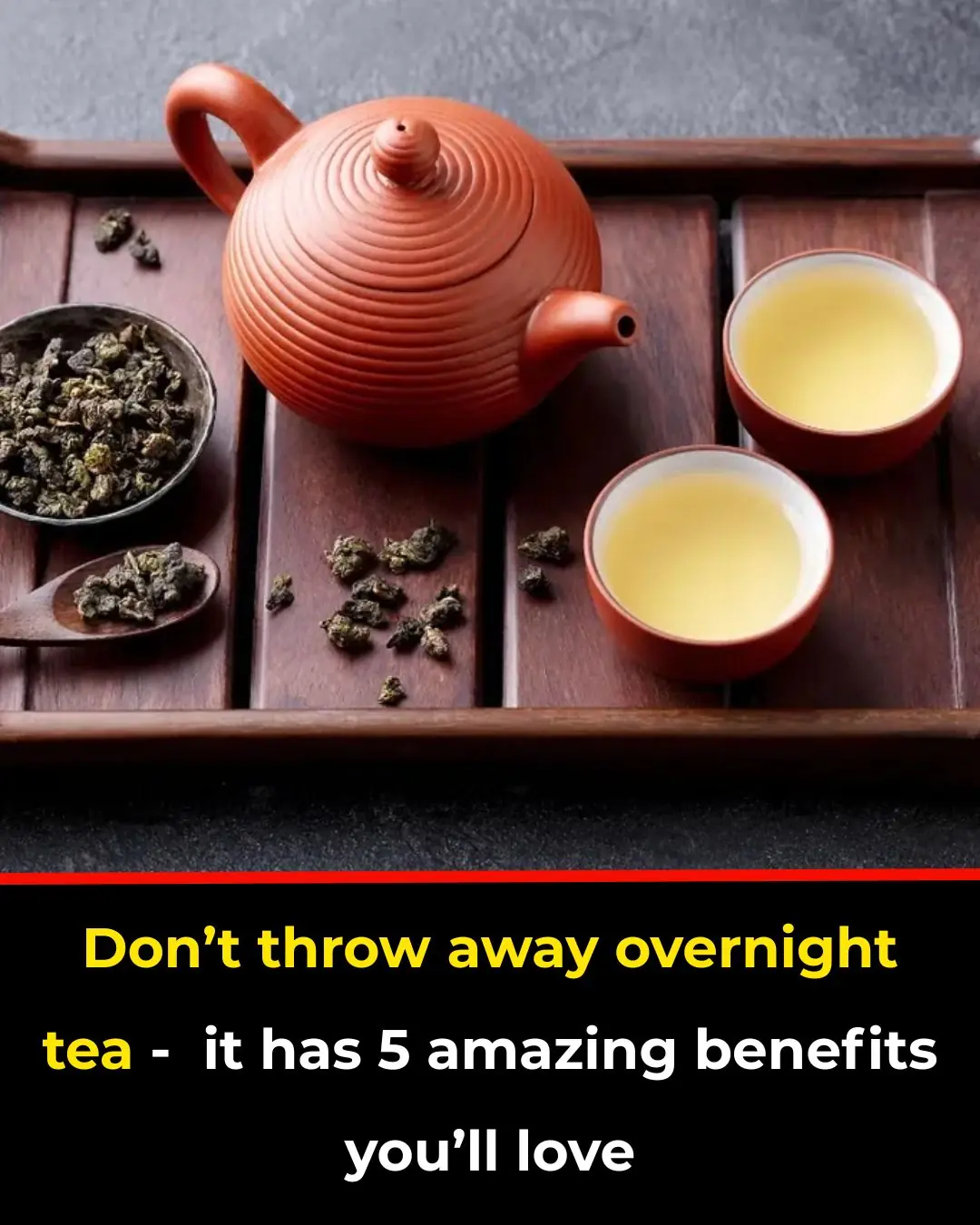
Don’t Pour Out Overnight Tea — It Actually Has 5 Surprisingly Useful Benefits

The Cancer-Fighting Vegetable Rated the World’s Best by the U.S.—And It’s Sold Everywhere in Vietnam
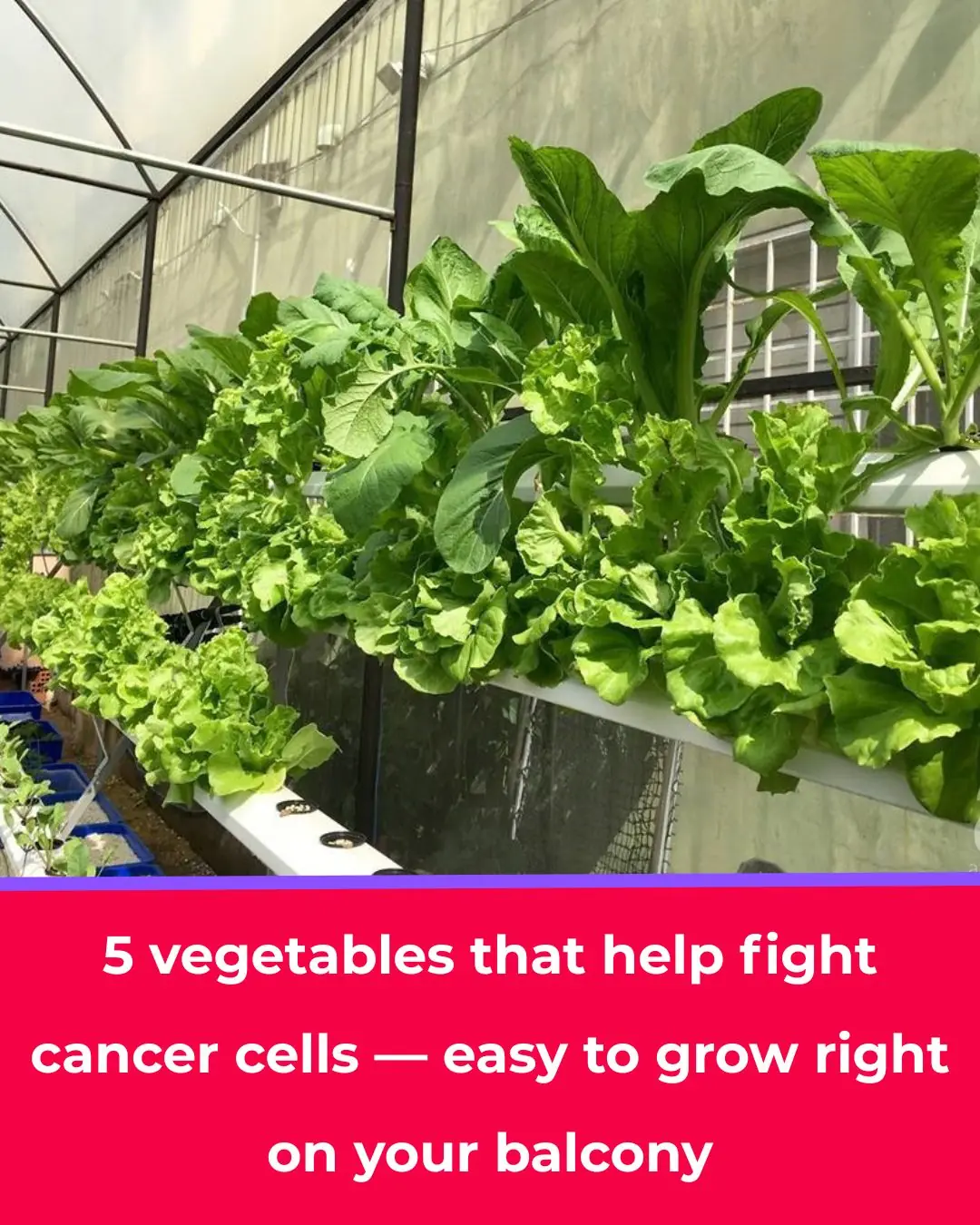
5 Vegetables That “Fight Back” Against Cancer Cells — And You Can Easily Grow Them on Your Balcony

13 Affordable but Highly Nutritious Foods: Ideal for People Experiencing Fatigue or Weakness
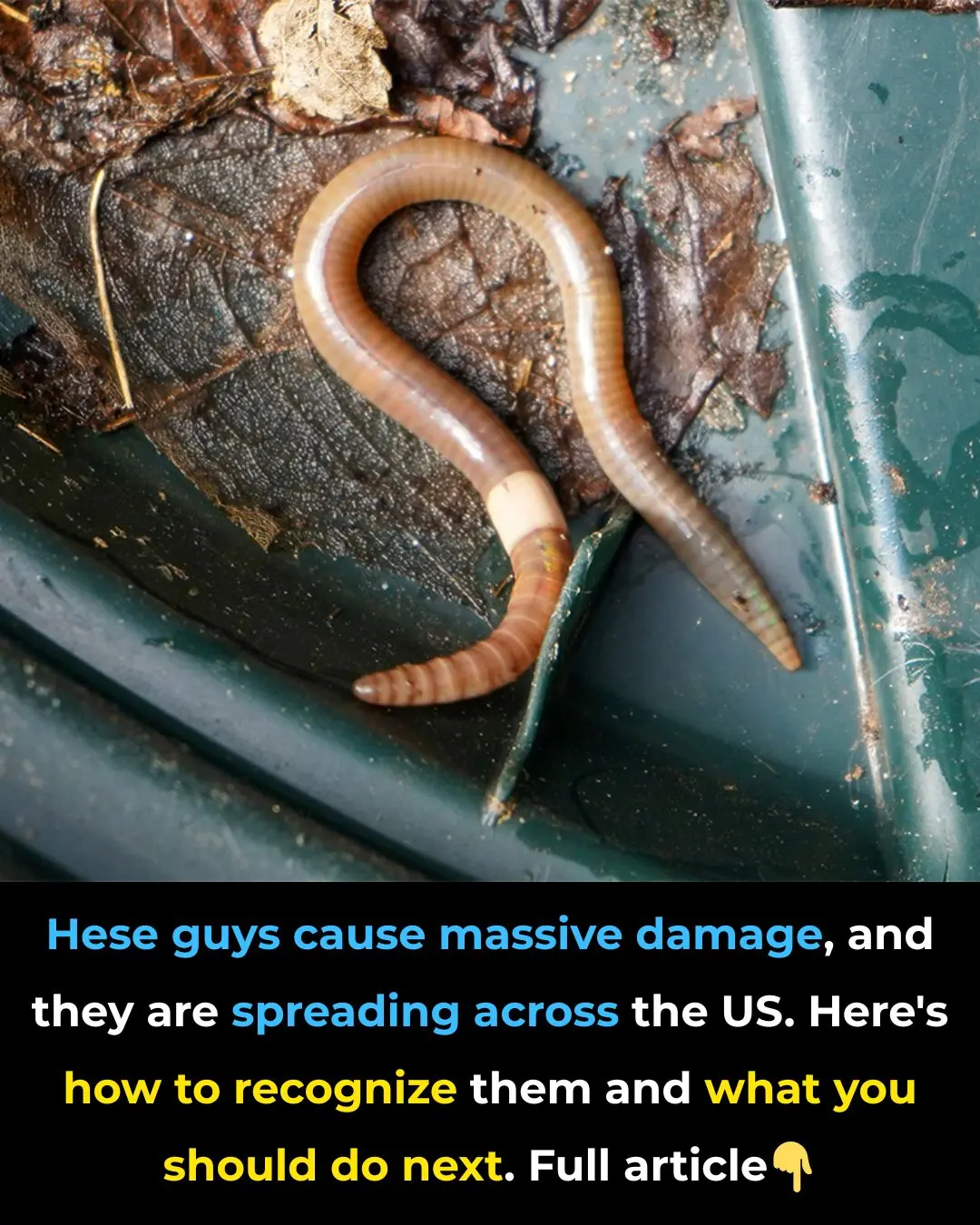
These pests are causing massive damage — and they’re spreading fast across the U.S. Here’s how to recognize them and what to do next
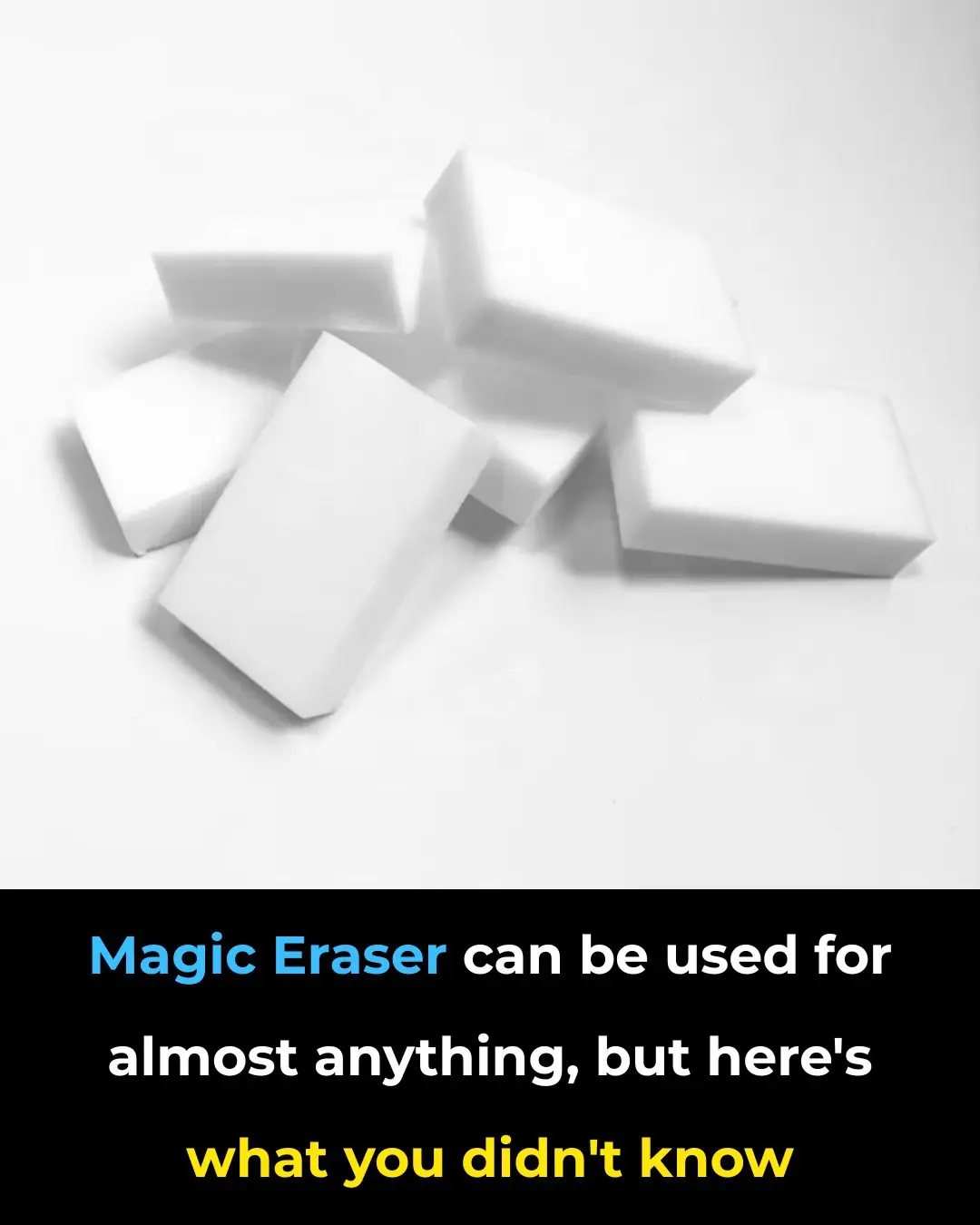
Magic Eraser Can Clean Almost Anything — But Here’s What You Didn’t Know
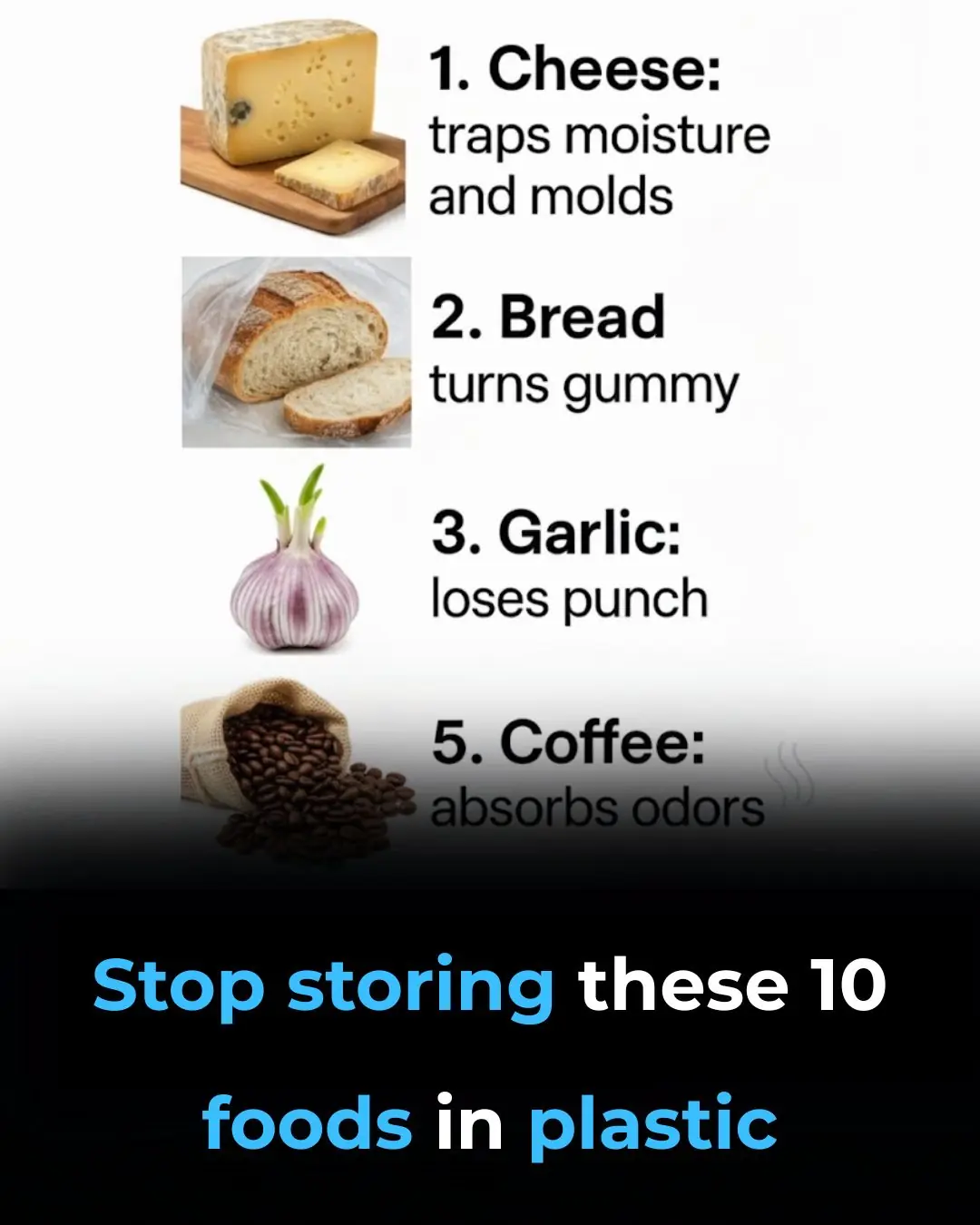
Stop Storing These 10 Foods in Plastic

Roman Kemp tells sister Harleymoon he has stopped taking antidepressants in Celebrity Race Across the World confession
News Post

Injectable Gel Breakthrough Brings New Hope for Nerve Regeneration

Why Boiled Eggs Deserve a Spot on Your Breakfast Table

Goodbye Synthetic Dyes: Doritos Join the Push for Cleaner, Transparent Ingredients
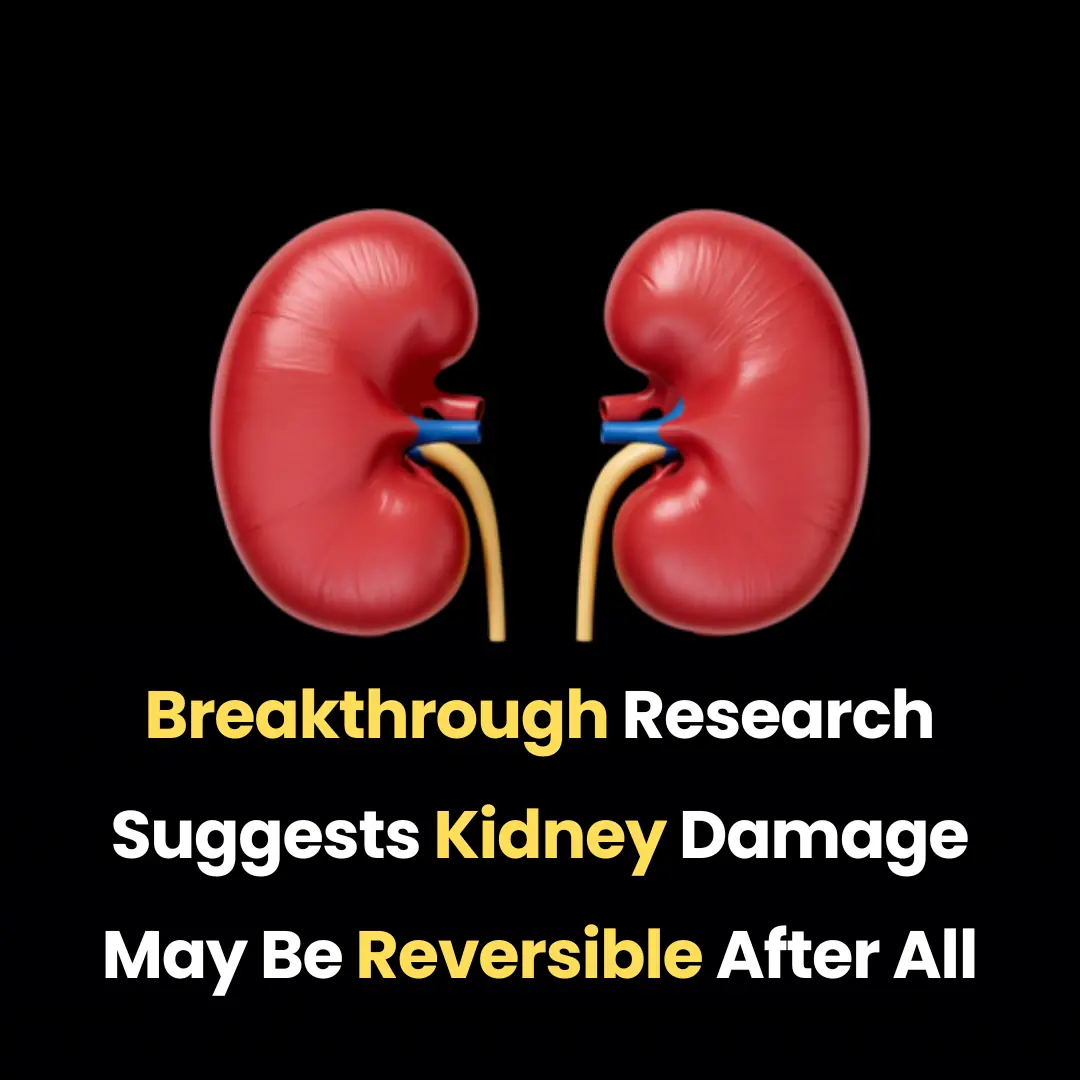
Breakthrough Research Suggests Kidney Damage May Be Reversible After All

How Intermittent Fasting Protects the Heart: New Evidence on Blood Clots and Cardiovascular Health

New Evidence Links Hepatitis C to Brain Pathways in Mental Illness

ITV breaks silence as Celebrity Big Brother is ‘axed from ITV schedule’

Peter Andre teases ‘special’ project with wife Emily: ‘We are having exciting meetings’
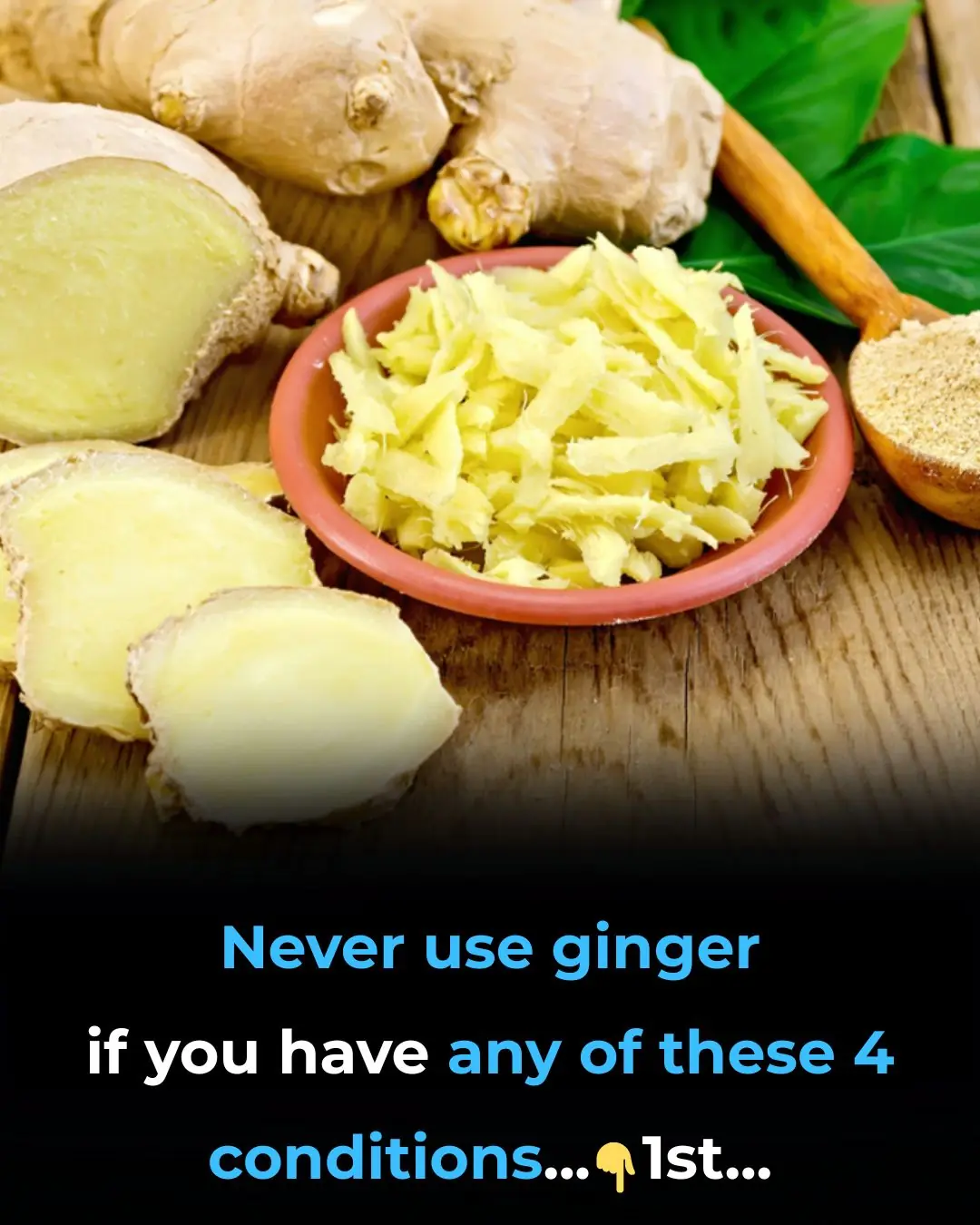
🚫 When to Avoid Ginger — 6 Medical Conditions That May Be Affected

What Happens to Your Body When You Eat Canned Tuna Every Day

I’m A Celebrity star Kelly Brook’s husband reveals when he’s flying out to Australia

Kris Jenner shows support for Meghan Markle weeks after Kardashians photo scandal

Inside Angry Ginge’s ‘bromance’ with Angry Ginge – how they met; ‘going to war’ over diss track; huge ‘risk’ that ‘paid off’

Ant McPartlin’s tattoos explained – tribute to wife Anne-Marie; uproar over ‘missing’ family member; nod to his recovery

Emmerdale disaster incoming: Bear’s fate ‘sealed’ as Joshua Richards makes devastating admission

How Do Farmers Grow Avocado Trees

Robron plot Kev’s downfall – but Emmerdale fans declare they ‘love him’

If You See a Woman Wearing a Wedding Ring On Her Pinky, Here's What It Means

2-Minute Painless Hair Removal: Natural At-Home Solution
